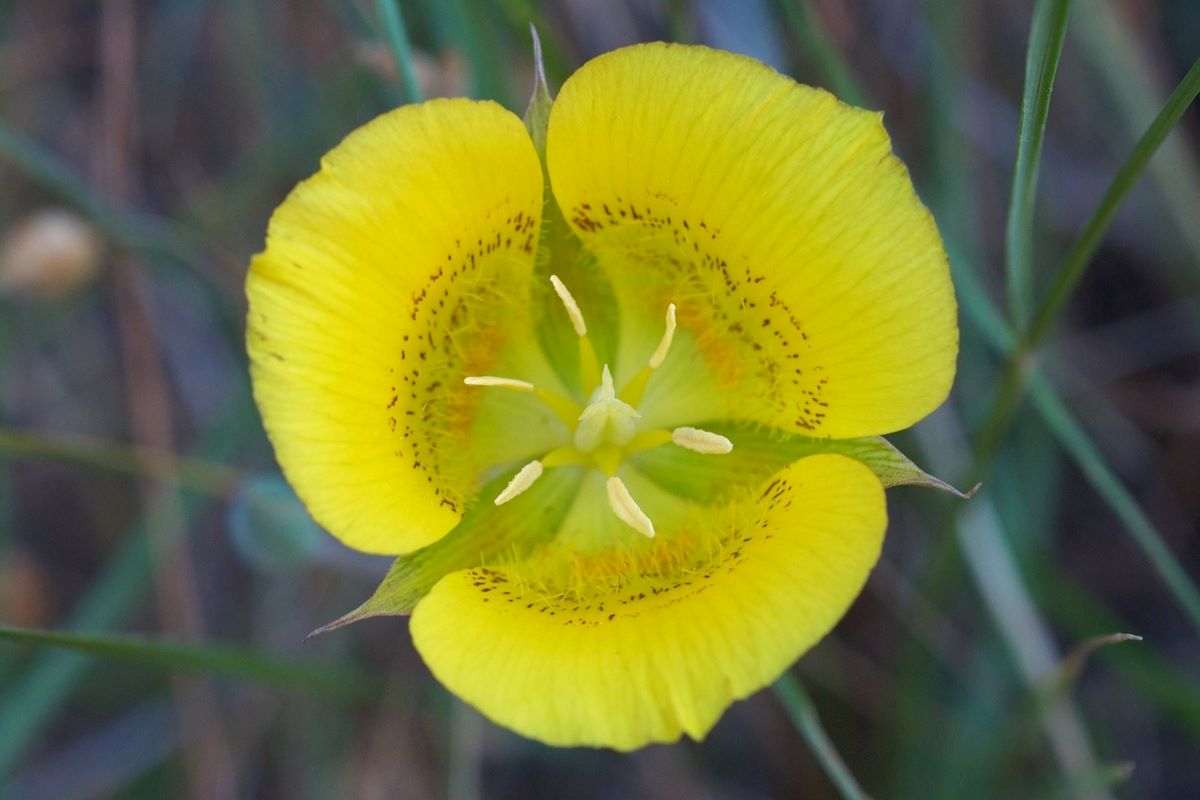
Calochortus, often called Mariposa lilies, are stunning wildflowers native to North America. These beauties belong to the lily family and are known for their vibrant colors and unique shapes. But what makes them so special? Calochortus flowers have a fascinating history and play a crucial role in their ecosystems. They thrive in diverse habitats, from coastal regions to mountainous areas. Their petals can range from pure white to deep purple, often with intricate patterns. These flowers are not just pretty faces; they also have intriguing survival strategies. For instance, some species can go dormant during droughts, waiting for the perfect conditions to bloom again. Ready to learn more? Let's dive into 24 amazing facts about these captivating flowers!
What is Calochortus?
Calochortus, often called Mariposa lilies, are a group of flowering plants known for their striking beauty. These plants belong to the lily family and are native to North America. Let's dive into some fascinating facts about these unique flowers.
- Calochortus comes from Greek words meaning "beautiful grass," reflecting their delicate appearance.
- These flowers are primarily found in the western United States, especially California.
- There are over 70 species of Calochortus, each with its own unique characteristics.
- The flowers can be white, yellow, pink, purple, or even multicolored.
- Calochortus blooms typically have three petals and three sepals, creating a symmetrical look.
- Some species have hairy petals, adding to their unique texture.
- These plants thrive in well-drained soils, often found in meadows and open woodlands.
- Calochortus flowers are known for their cup or bell shape, which helps them stand out in their natural habitats.
Historical Significance of Calochortus
Calochortus has played a role in the history and culture of the regions where they grow. Their beauty and utility have made them significant in various ways.
- Native American tribes used Calochortus bulbs as a food source.
- The bulbs were often roasted or boiled, similar to how potatoes are prepared.
- Some tribes also used the flowers in traditional medicine.
- Early settlers in California admired these flowers and often included them in their gardens.
- The name "Mariposa" means butterfly in Spanish, reflecting the flower's delicate and fluttery appearance.
Ecological Role of Calochortus
Calochortus flowers are more than just pretty faces; they play a crucial role in their ecosystems.
- These flowers attract a variety of pollinators, including bees, butterflies, and beetles.
- The bright colors and unique shapes of the flowers help lure pollinators, ensuring the plant's reproduction.
- Some species of Calochortus have evolved to bloom at specific times to coincide with the activity of their primary pollinators.
- The seeds of Calochortus are dispersed by wind, helping them spread across their native habitats.
- These plants can also help prevent soil erosion due to their root systems.
Growing Calochortus in Your Garden
Interested in adding some Calochortus to your garden? Here are some tips to help you get started.
- Calochortus bulbs should be planted in the fall for spring blooms.
- They prefer sunny locations with well-drained soil.
- Watering should be minimal, as these plants are adapted to dry conditions.
- It's important to avoid overwatering, which can cause the bulbs to rot.
- Calochortus can be grown in pots or directly in the ground, making them versatile for different garden setups.
- These flowers can add a splash of color and a touch of elegance to any garden, making them a favorite among gardeners.
The Final Word on Calochortus
Calochortus, often called Mariposa Lilies, are truly fascinating. These flowers, native to North America, boast a variety of colors and shapes. They thrive in diverse environments, from coastal areas to mountainous regions. Their unique beauty and adaptability make them a favorite among gardeners and botanists alike.
These plants have a rich history, with Native Americans using them for food and medicine. Despite their delicate appearance, they’re surprisingly resilient. They can survive in harsh conditions, making them a symbol of endurance.
Calochortus also play a crucial role in their ecosystems, providing nectar for bees and other pollinators. Their presence indicates a healthy environment, showcasing nature's intricate balance.
Whether you're a gardening enthusiast or just someone who appreciates nature's wonders, Calochortus offers something special. Their beauty, history, and ecological importance make them a true gem in the plant world.
Was this page helpful?
Our commitment to delivering trustworthy and engaging content is at the heart of what we do. Each fact on our site is contributed by real users like you, bringing a wealth of diverse insights and information. To ensure the highest standards of accuracy and reliability, our dedicated editors meticulously review each submission. This process guarantees that the facts we share are not only fascinating but also credible. Trust in our commitment to quality and authenticity as you explore and learn with us.


